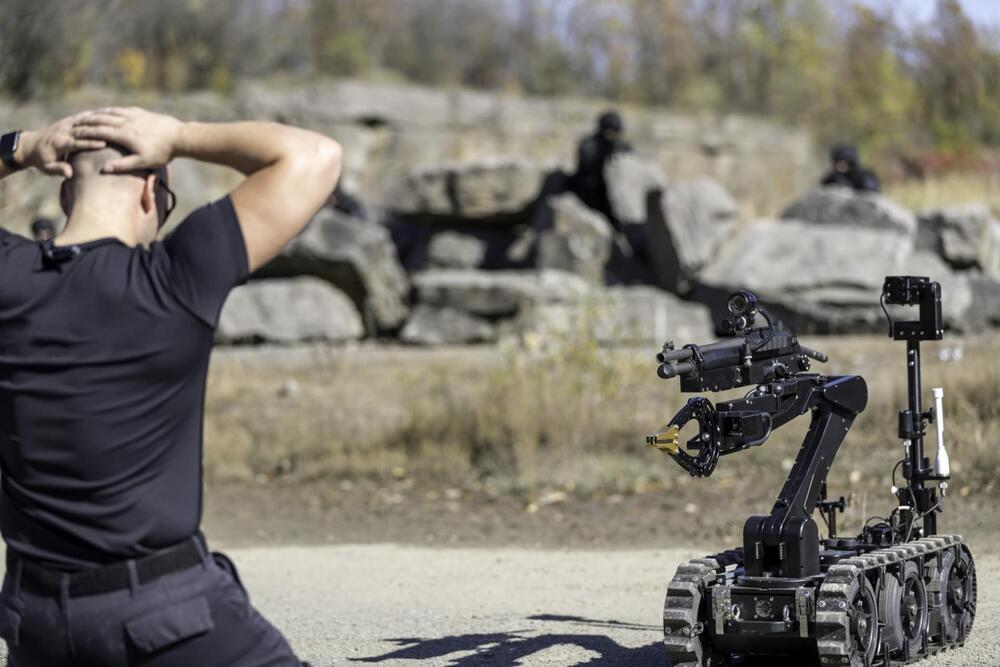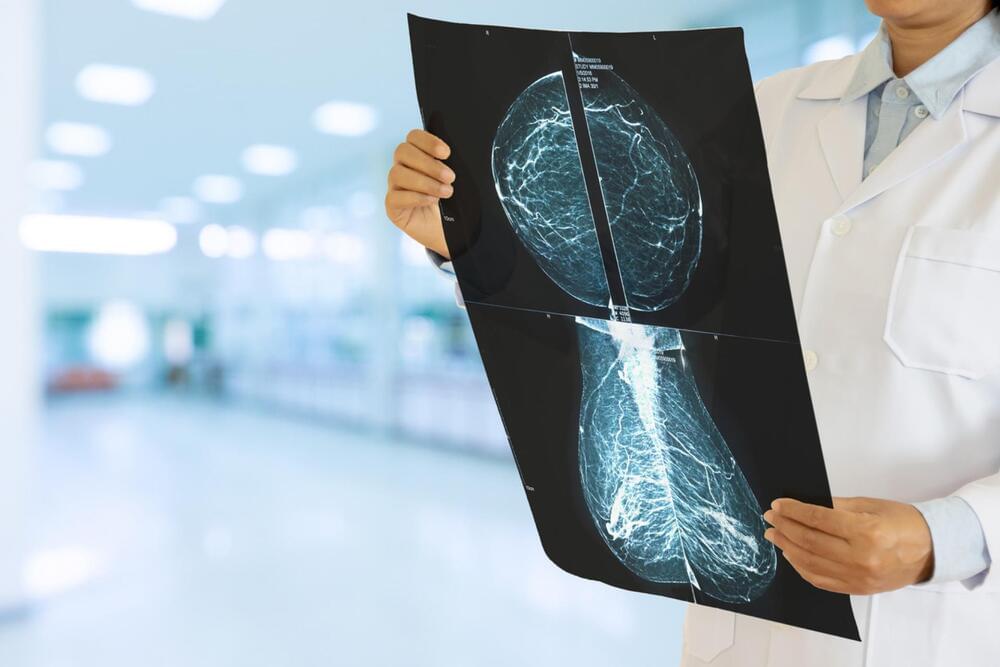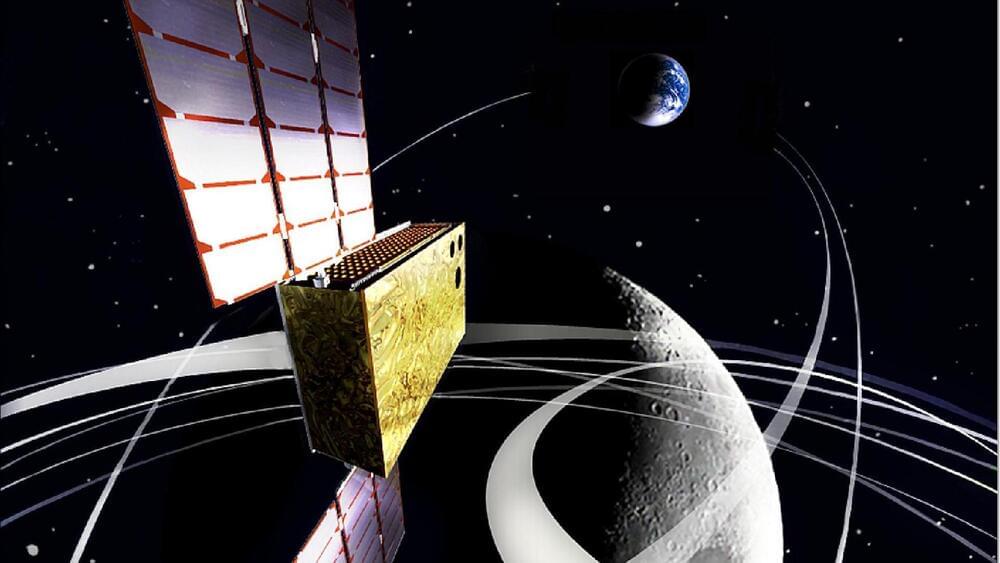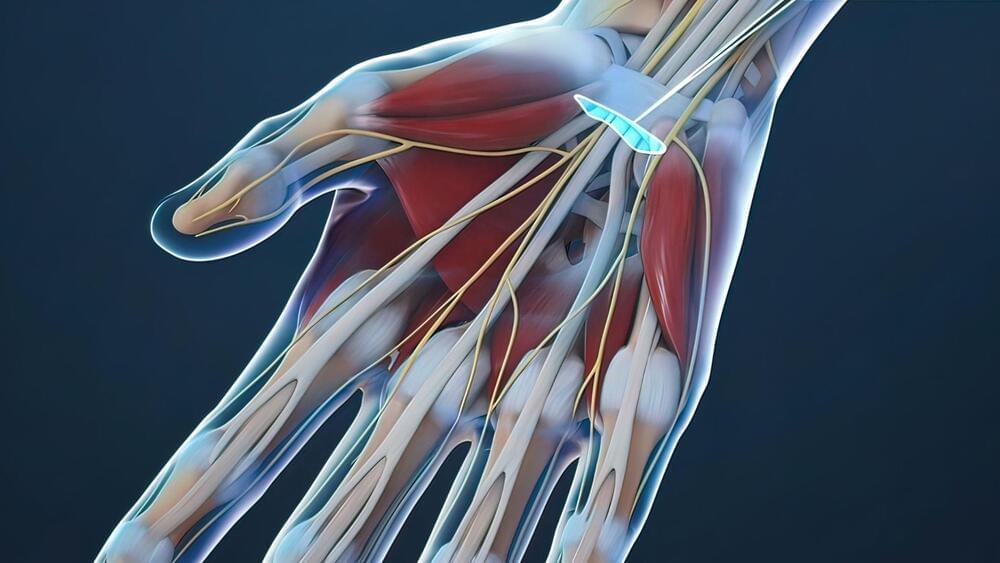The organization says the machines would only be used in extreme situations where lives are at stake.
Supervisors in San Francisco voted Tuesday to allow city police to use potentially lethal remote-controlled robots in emergency situations, according to a report by Mission Local.
A dystopian future?
Onfokus/iStock.
The vote was eight for three against, with opponents saying the move would lead to the further dangerous and unwanted militarization of a police force already too aggressive with minorities.





